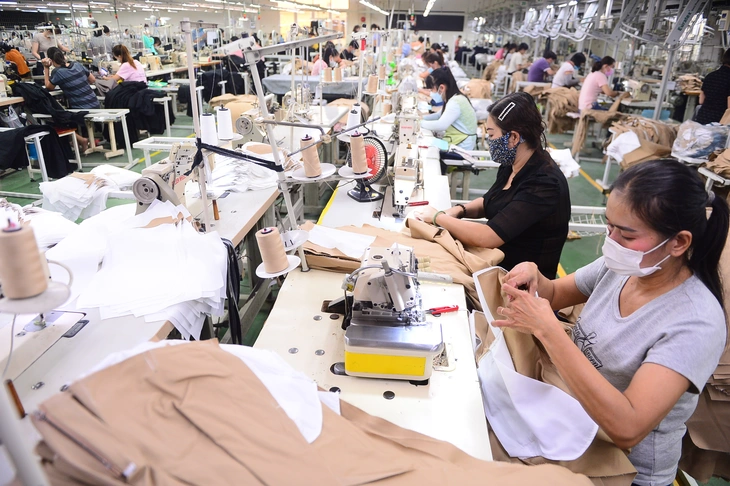
Workers working in a garment factory in Thu Duc City - Photo: QUANG DINH
Vietnam under pressure
Sharing with Tuoi Tre Online , Mr. Nunzio De Filippis, co-CEO of the US freight forwarding company CargoTrans, commented that shipping lines will continue to closely monitor developments in the Middle East.
After nearly two years of dealing with Houthi threats, recent US attacks on three Iranian nuclear facilities could force many ships to divert around the Cape of Good Hope to avoid both the Strait of Hormuz and the Suez Canal (before the Suez Canal, the sea route through the Cape of Good Hope was the shortest sea route connecting Europe and Asia - Editor's note).
Nunzio warned that an escalation of the conflict with Iran would result in higher shipping and insurance costs and longer delivery times. In that context, logistics and supply chain management companies in the US are likely to increase inventory, similar to how they responded to previous tariff hikes.
Meanwhile, the Vietnamese market is not immune to the impact. The cost of transporting goods and fuel will increase, along with longer delivery times, putting great pressure on exporters. They may have to speed up production.
"But that's a tough ask because most factories are already running at full capacity to cope with the upcoming tax increases," said Nunzio De Filippis.
He said these fluctuations further showed the vulnerability of the Vietnamese economy due to its over-reliance on exports, while emphasizing the need to strengthen domestic consumption to increase resilience in the context of global instability.
Hormuz hotspot: global oil and gas shipping chokepoint
The Strait of Hormuz is a critical chokepoint in the global energy trade. According to the US Energy Information Administration (EIA), about 84% of the crude oil and condensate and 83% of the liquefied natural gas (LNG) shipped through Hormuz in 2024 went to Asian markets.
In particular, China, India, Japan and South Korea are the top destinations in Asia, accounting for a combined 69% of the total. EIA believes these are the markets most likely to be affected by a disruption in supply in Hormuz.
Although Iran's parliament has approved the closure of the strait, Iran's Supreme National Security Council will make the final decision.
The Strait of Hormuz has been disrupted several times but never completely blocked. Experts believe that Iran completely closing the Strait of Hormuz is “highly unlikely” because such a move would “cripple Iran’s own economy” by cutting off more than 90% of its oil exports (mainly to China).
In a worst-case scenario, if the Strait of Hormuz were completely blocked, oil prices could top $120 a barrel. Goldman Sachs predicts oil prices could top $110 a barrel, and some analysts warn that prices could hit $130 a barrel.
A difficult problem for central banks
A blockade of Hormuz would not only push up oil prices, but would also trigger a global economic chain reaction. Inflation would spike, as oil is a key input for most manufacturing and transportation. Central banks around the world would face the dilemma of whether to raise or lower interest rates. Insurance costs would rise, contributing to inflation and supply chain disruptions.
In particular, Asian economies, which are heavily dependent on Middle Eastern oil, are expected to be severely affected, facing severe shortages and forced to release strategic reserves (only a temporary solution).
China is particularly vulnerable, as it imports nearly half of its crude oil from the Gulf. According to the EIA, China imported about 5.4 million barrels per day through the strait in the first three months of this year.
Source: https://tuoitre.vn/xung-dot-trung-dong-leo-thang-chau-a-va-viet-nam-chiu-anh-huong-ra-sao-20250624105033433.htm



![[Photo] Hanoi: Authorities work hard to overcome the effects of heavy rain](https://vphoto.vietnam.vn/thumb/1200x675/vietnam/resource/IMAGE/2025/8/26/380f98ee36a34e62a9b7894b020112a8)
![[Photo] Multi-colored cultural space at the Exhibition "80 years of the journey of Independence - Freedom - Happiness"](https://vphoto.vietnam.vn/thumb/1200x675/vietnam/resource/IMAGE/2025/8/26/fe69de34803e4ac1bf88ce49813d95d8)

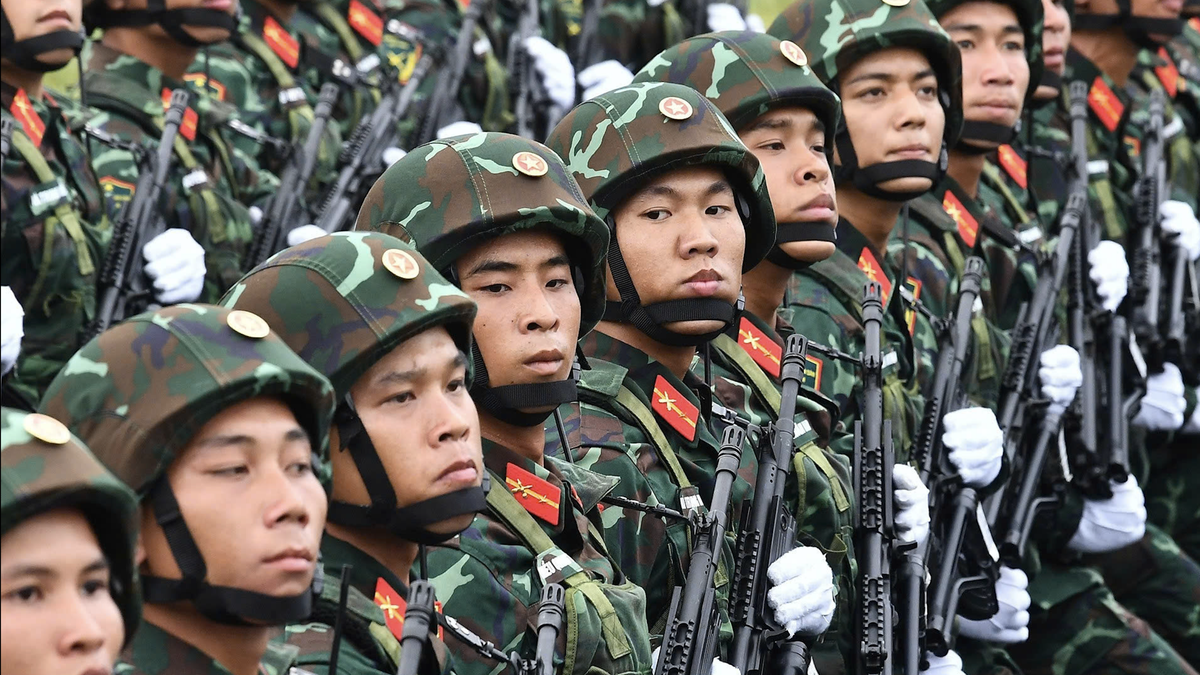

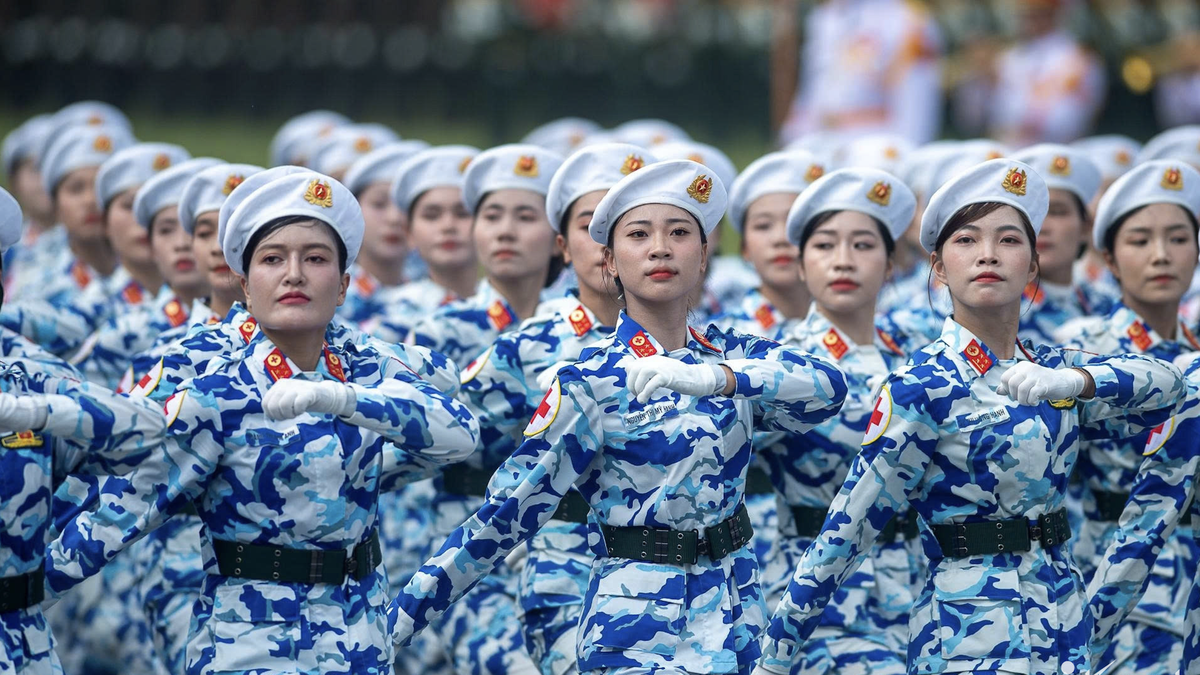







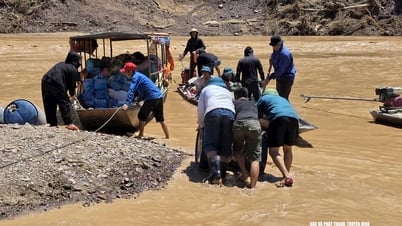








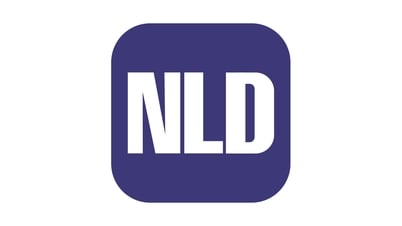

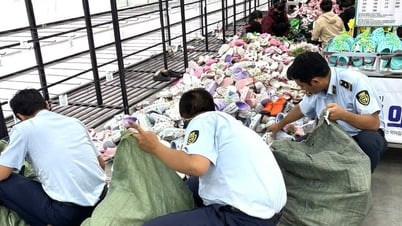






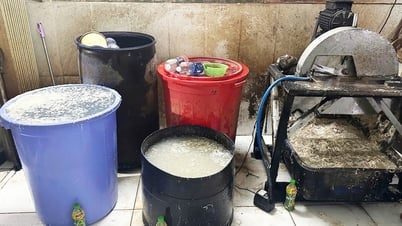



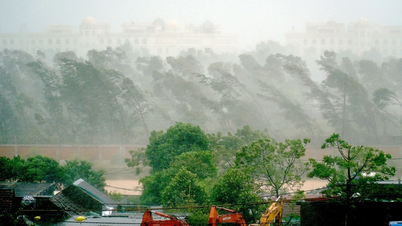
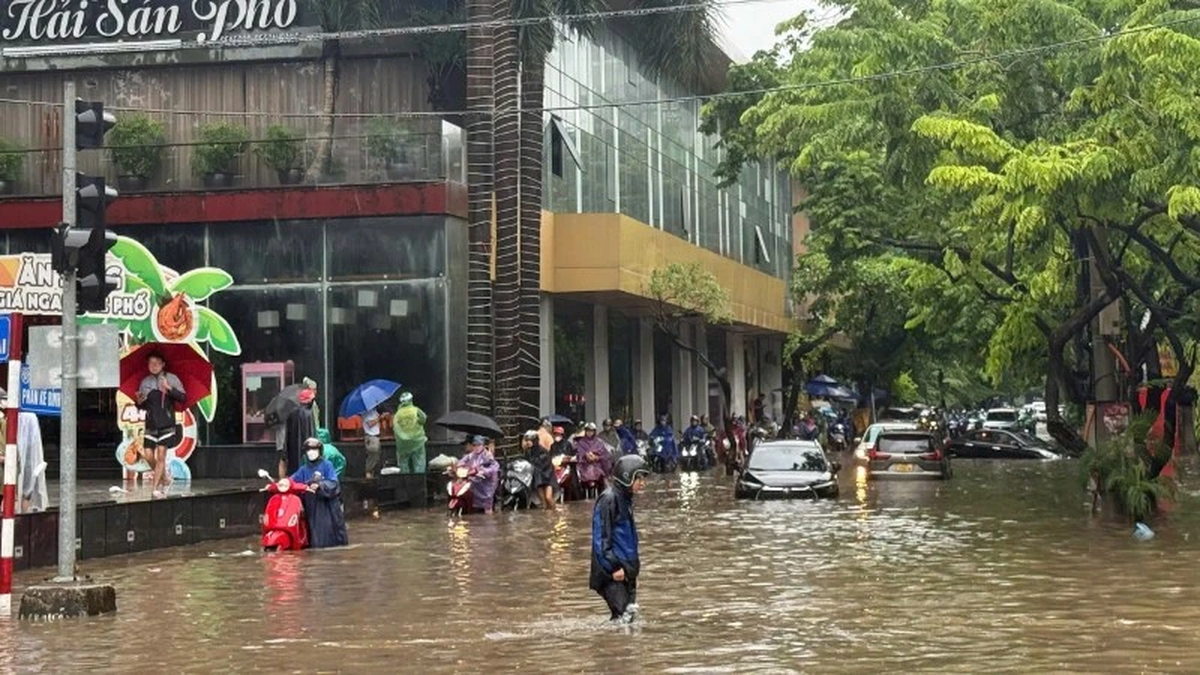
























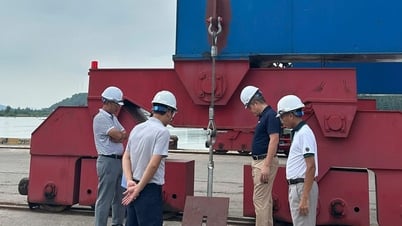























![[Podcast] - Decoding Danang University's 2025 admission scores](https://vphoto.vietnam.vn/thumb/402x226/vietnam/resource/IMAGE/2025/8/26/c89fdb410fec44479fd37acd9fd76093)

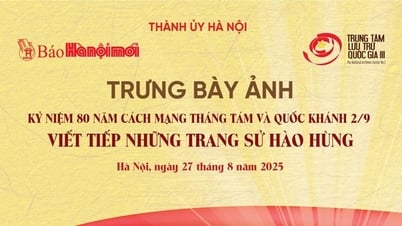

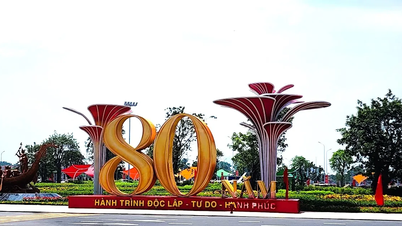


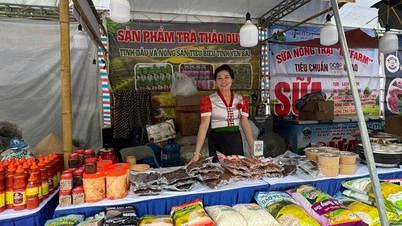

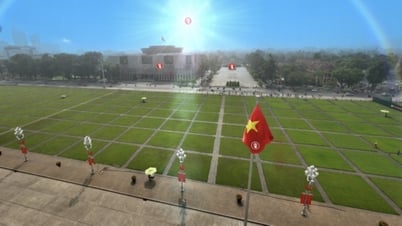













Comment (0)